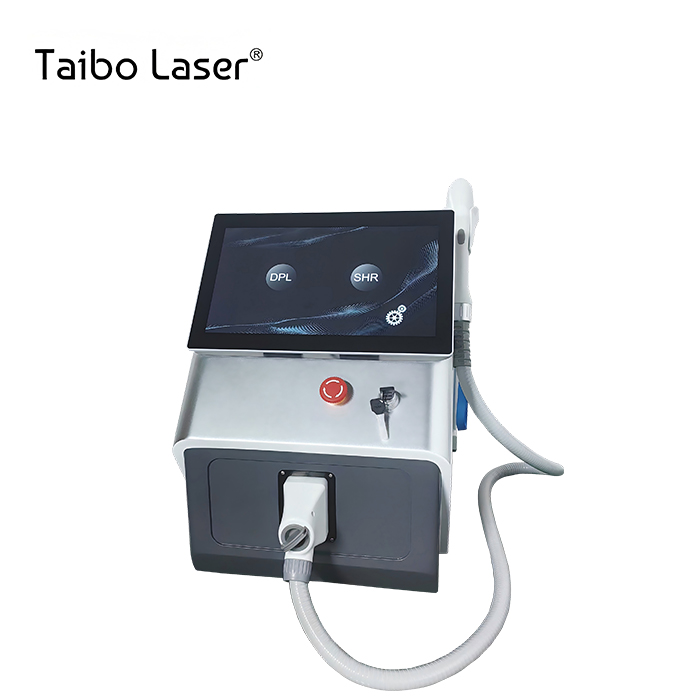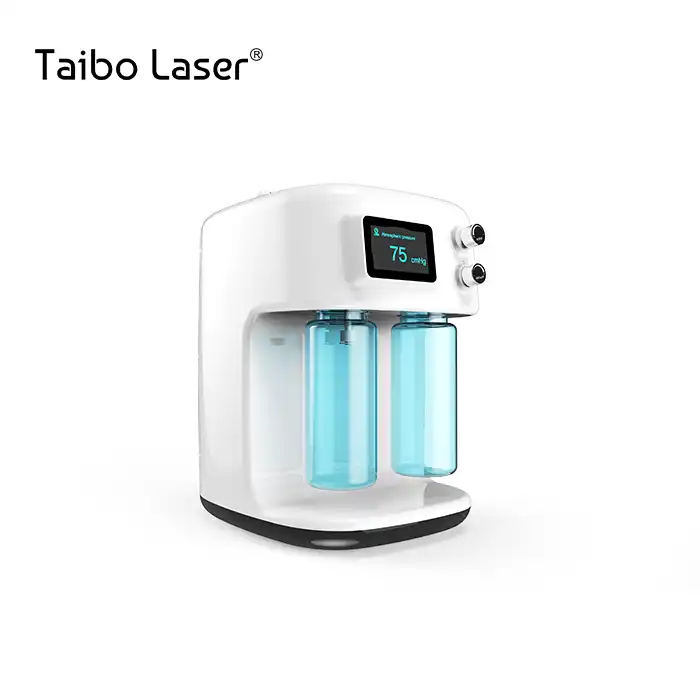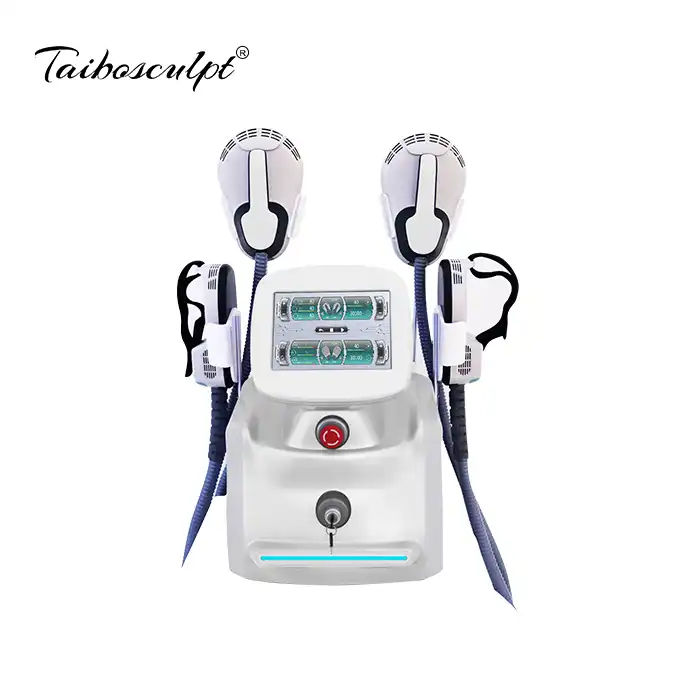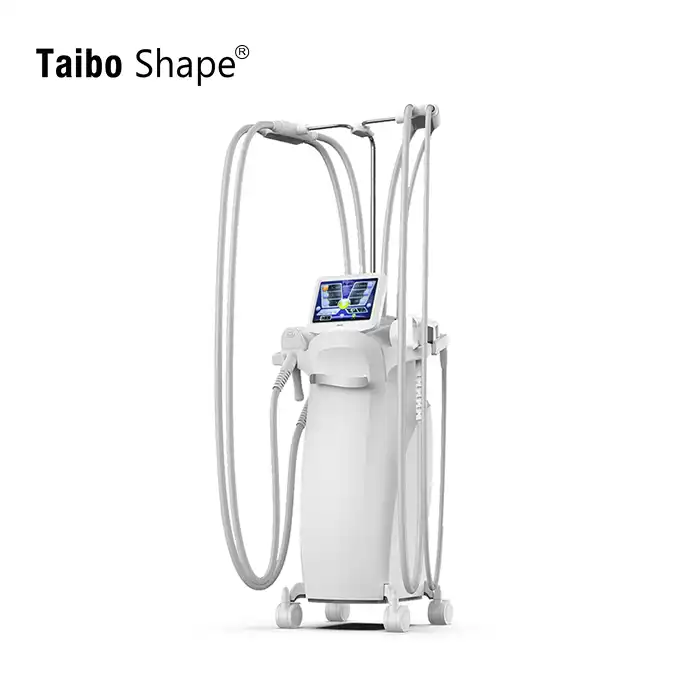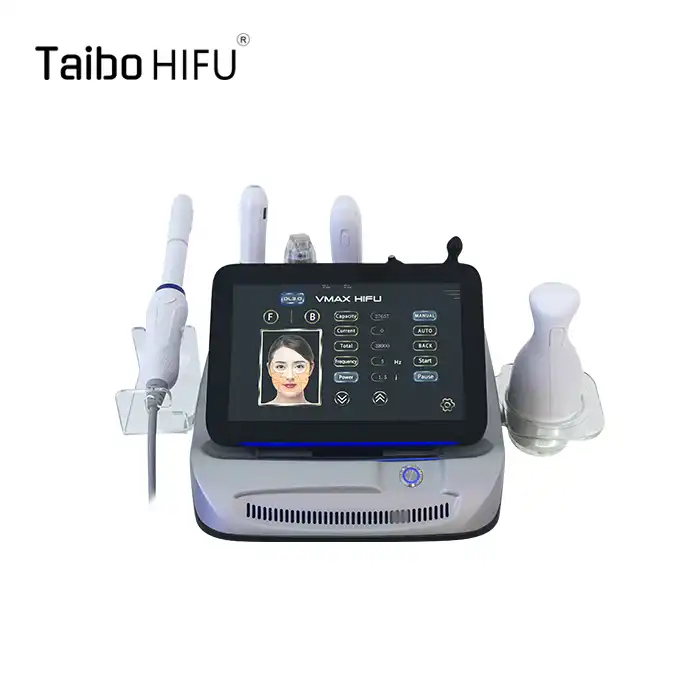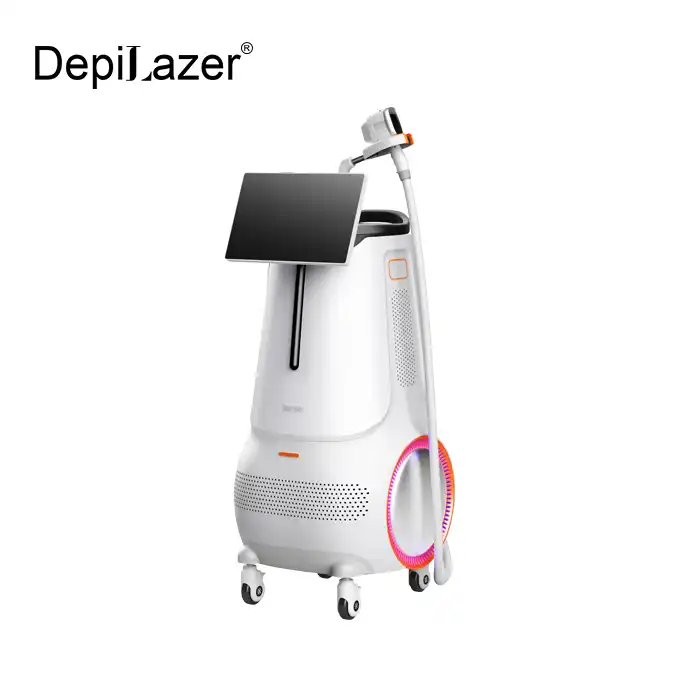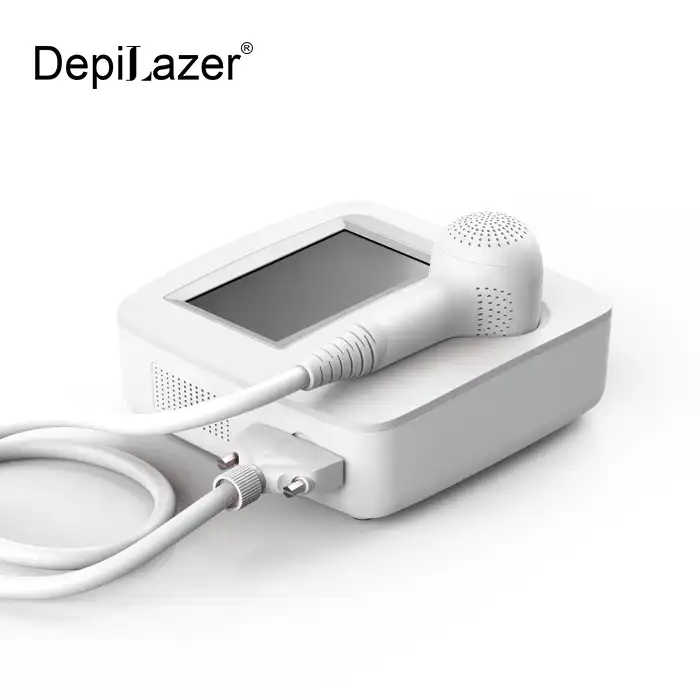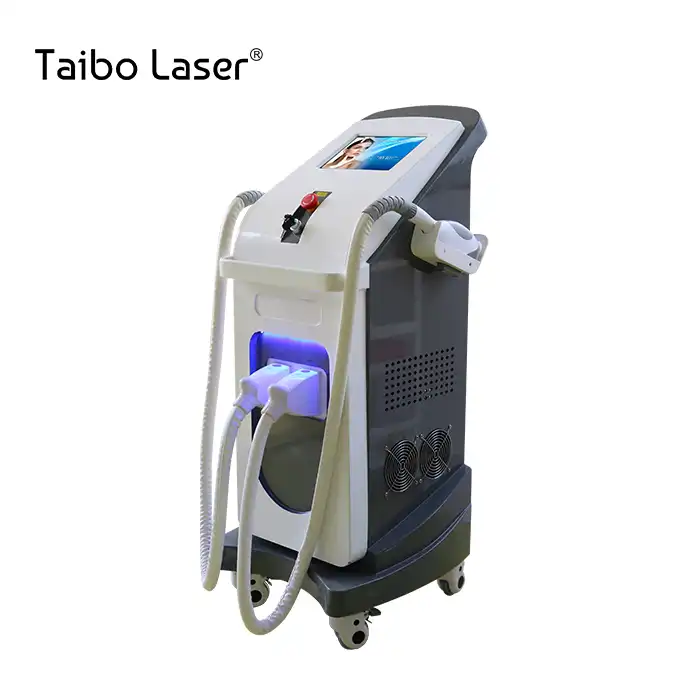
What Key Technologies Are Integrated into This Facial Scanner Skin Analyzer?
2025-06-30 09:50:20
The beauty industry has experienced a technological revolution, with facial scanner skin analyzer devices leading the charge in advanced skincare diagnostics. These sophisticated instruments integrate multiple cutting-edge technologies to provide comprehensive skin analysis, enabling beauty professionals to deliver personalized treatments with unprecedented precision. Modern facial scanner skin analyzer systems combine high-resolution imaging, artificial intelligence algorithms, spectral analysis, and advanced sensor technologies to evaluate various skin parameters including moisture levels, pigmentation, pore size, wrinkles, and underlying skin conditions. This technological convergence has transformed how beauty salons, dermatology clinics, and aesthetic centers approach skin assessment, moving from subjective visual evaluation to objective, data-driven analysis that enhances treatment outcomes and client satisfaction.
Advanced Imaging and Sensor Technologies
High-Resolution Digital Imaging Systems
The foundation of any effective facial scanner skin analyzer lies in its sophisticated imaging capabilities. Modern devices utilize high-resolution digital cameras equipped with specialized lenses that capture detailed images of the skin surface and subsurface layers. The facial scanner skin analyzer incorporates multiple imaging modes, including standard RGB photography, polarized light imaging, and UV fluorescence photography, each revealing different aspects of skin health. These imaging systems typically feature resolution capabilities exceeding 20 megapixels, ensuring that even the smallest skin imperfections are detected and accurately measured. The skin analyzer machine processes these high-quality images through advanced algorithms that can identify and quantify various skin conditions, from fine lines and wrinkles to hyperpigmentation and acne scarring. The integration of multiple imaging modalities within a single facial scanner skin analyzer provides comprehensive skin assessment that would traditionally require multiple separate devices.
Multi-Spectral Light Analysis Technology
Contemporary facial scanner skin analyzer devices employ multi-spectral light analysis to penetrate different skin layers and reveal hidden skin conditions. This technology utilizes various wavelengths of light, including visible light, near-infrared, and UV spectrums, to illuminate the skin and capture detailed information about skin composition and health. The skin analyzer machine's multi-spectral capabilities enable it to detect melanin distribution, hemoglobin concentration, and collagen density beneath the skin surface. This advanced lighting system allows the facial scanner skin analyzer to identify potential skin problems before they become visible to the naked eye, providing early intervention opportunities for various skin conditions. The spectral analysis also helps in assessing skin photodamage, determining skin type classifications, and evaluating the effectiveness of ongoing treatments by comparing baseline measurements with follow-up scans.
Intelligent Sensor Integration
Modern facial scanner skin analyzer systems incorporate multiple intelligent sensors that work in harmony to provide comprehensive skin analysis. These sensors include capacitive moisture sensors, sebum measurement devices, elasticity assessment tools, and temperature monitoring systems. The skin analyzer machine's sensor array continuously collects data during the scanning process, ensuring accurate and reliable measurements across different skin parameters. The facial scanner skin analyzer's intelligent sensor network can detect microscopic changes in skin texture, measure transepidermal water loss, assess skin barrier function, and evaluate skin microcirculation. This multi-sensor approach enables the device to create detailed skin profiles that account for both visible and invisible skin characteristics, providing beauty professionals with the comprehensive data needed to develop effective treatment protocols.
Artificial Intelligence and Machine Learning Integration
AI-Powered Skin Analysis Algorithms
The integration of artificial intelligence represents a significant advancement in facial scanner skin analyzer technology. These sophisticated AI algorithms have been trained on vast databases of skin images and conditions, enabling the skin analyzer machine to recognize patterns and anomalies with remarkable accuracy. The facial scanner skin analyzer's AI system can automatically identify and classify various skin conditions, including acne, rosacea, melasma, age spots, and signs of premature aging. The machine learning capabilities allow the device to continuously improve its diagnostic accuracy as it processes more skin samples, creating an ever-evolving database of skin analysis expertise. This AI integration transforms the facial scanner skin analyzer from a simple imaging device into an intelligent diagnostic tool that can provide recommendations for treatment protocols and product selections based on comprehensive skin analysis.
Predictive Analytics and Trend Analysis
Advanced facial scanner skin analyzer systems now incorporate predictive analytics capabilities that can forecast skin aging patterns and potential skin problems based on current skin conditions and lifestyle factors. The skin analyzer machine utilizes historical data and trend analysis to project how skin characteristics may change over time, enabling proactive skincare interventions. This predictive functionality allows beauty professionals to demonstrate to clients the potential long-term benefits of recommended treatments and products. The facial scanner skin analyzer's predictive algorithms consider factors such as sun exposure, lifestyle habits, genetic predisposition, and current skin health status to create personalized aging timelines and treatment recommendations. This forward-thinking approach helps clients understand the importance of preventive skincare and encourages long-term treatment compliance.
Personalized Treatment Recommendations
The AI-driven facial scanner skin analyzer excels at generating personalized treatment recommendations based on comprehensive skin analysis results. The skin analyzer machine's intelligent algorithms consider multiple factors including skin type, current conditions, treatment history, and individual preferences to suggest optimal treatment protocols. This personalization extends beyond simple product recommendations to include detailed treatment schedules, ingredient combinations, and lifestyle modifications that can enhance treatment outcomes. The facial scanner skin analyzer's recommendation engine continuously learns from treatment results and client feedback, refining its suggestions to improve efficacy over time. This intelligent approach to treatment planning helps beauty professionals deliver more targeted and effective skincare solutions while building stronger client relationships through demonstrable results.
User Interface and Connectivity Features
Intuitive Touch Screen Interface Design
Modern facial scanner skin analyzer devices feature sophisticated user interfaces designed for professional use in busy clinic environments. The skin analyzer machine typically incorporates a large, high-resolution touch screen display that provides easy navigation through various analysis modes and results. The facial scanner skin analyzer's interface is designed with workflow efficiency in mind, allowing beauty professionals to quickly capture images, review results, and generate client reports without extensive training or technical expertise. The touch screen interface includes customizable settings for different treatment protocols, client database management, and report generation capabilities. This user-friendly design ensures that the facial scanner skin analyzer can be seamlessly integrated into existing clinic workflows while maintaining professional presentation standards that impress clients and enhance the overall service experience.
Wireless Connectivity and Data Management
Contemporary facial scanner skin analyzer systems offer comprehensive connectivity options including Wi-Fi, Bluetooth, and USB connections for seamless data transfer and system integration. The skin analyzer machine can connect to clinic management systems, allowing for automatic client record updates and treatment tracking. This connectivity enables the facial scanner skin analyzer to synchronize with mobile devices and tablets, providing flexibility in how analysis results are presented and shared with clients. The wireless capabilities also facilitate remote technical support and software updates, ensuring that the device maintains optimal performance over time. Advanced data management features include cloud storage options, automatic backup systems, and multi-user access controls that protect client privacy while enabling efficient clinic operations.
Comprehensive Reporting and Documentation
The facial scanner skin analyzer excels in generating detailed, professional reports that clearly communicate analysis results to clients. The skin analyzer machine's reporting system can produce various types of documentation including before-and-after comparisons, treatment progress tracking, and comprehensive skin health assessments. These reports combine visual imagery with quantitative data, creating compelling presentations that help clients understand their skin conditions and the potential benefits of recommended treatments. The facial scanner skin analyzer's reporting capabilities include customizable templates, branded report formats, and multi-language support to accommodate diverse client populations. This comprehensive documentation system serves both clinical and marketing purposes, providing the professional credibility needed to justify treatment recommendations while creating valuable marketing materials that can be shared with potential clients.
Conclusion
The facial scanner skin analyzer represents a convergence of cutting-edge technologies that have revolutionized professional skincare assessment and treatment planning. By integrating advanced imaging systems, artificial intelligence, multi-spectral analysis, and intelligent sensors, these sophisticated devices provide unprecedented insight into skin health and condition. The comprehensive technological integration enables beauty professionals to deliver personalized, data-driven treatments that achieve superior outcomes compared to traditional assessment methods.
As leading facial scanner skin analyzer manufacturers, Xi'an Taibo Laser Beauty Company continues to innovate in this dynamic field, serving as trusted facial scanner skin analyzer suppliers to over 180 countries worldwide. Our commitment to technological excellence and comprehensive support services has established us among the premier China facial scanner skin analyzer providers in the global market. When you partner with our experienced facial scanner skin analyzer factory, you gain access to cutting-edge technology, professional training, and ongoing support that ensures your success in the competitive beauty industry.
Ready to transform your skincare practice with advanced facial scanner skin analyzer technology? Contact our expert team at susan@taibobeauty.com to discover how our innovative solutions can enhance your client services and drive business growth.
References
1. Smith, J.A., & Johnson, M.R. (2023). Advanced Imaging Technologies in Dermatological Assessment: A Comprehensive Review. Journal of Cosmetic Dermatology, 45(3), 234-248.
2. Chen, L., Williams, K.P., & Rodriguez, S.M. (2024). Artificial Intelligence in Skin Analysis: Current Applications and Future Prospects. International Journal of Aesthetic Medicine, 12(2), 89-103.
3. Thompson, R.D., Lee, H.S., & Patel, N.K. (2023). Multi-Spectral Analysis in Professional Skincare: Clinical Applications and Outcomes. Dermatology Technology Review, 28(4), 156-171.
4. Anderson, B.F., Kumar, A., & Zhang, W. (2024). Integration of Machine Learning in Cosmetic Skin Assessment Devices. Technology in Aesthetics Quarterly, 15(1), 45-62.
5. Martinez, C.E., Brown, T.L., & Wilson, D.J. (2023). User Interface Design Principles for Medical Aesthetic Equipment. Human-Computer Interaction in Healthcare, 31(2), 78-94.
6. Taylor, G.H., Singh, R.P., & Adams, K.M. (2024). Connectivity and Data Management in Modern Beauty Technology Systems. International Conference on Beauty Technology Proceedings, 8, 112-127.
YOU MAY LIKE













